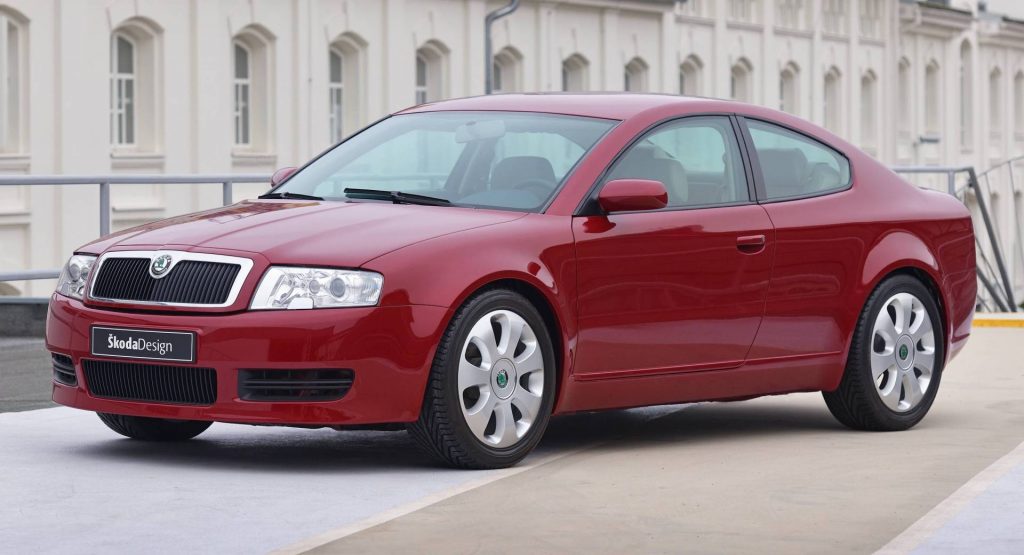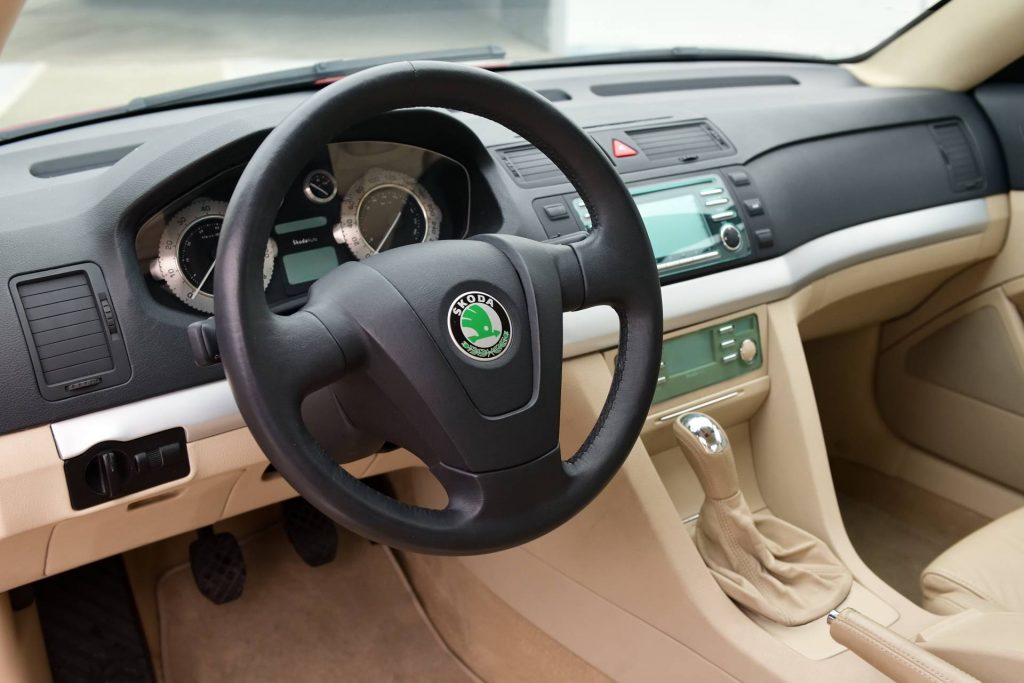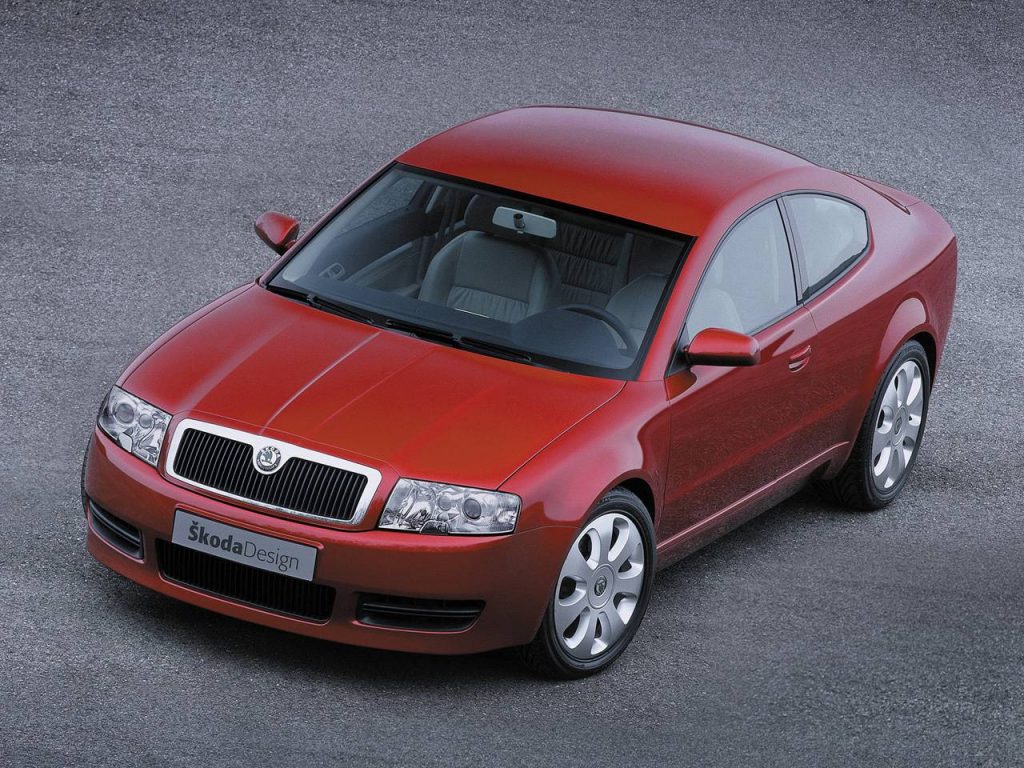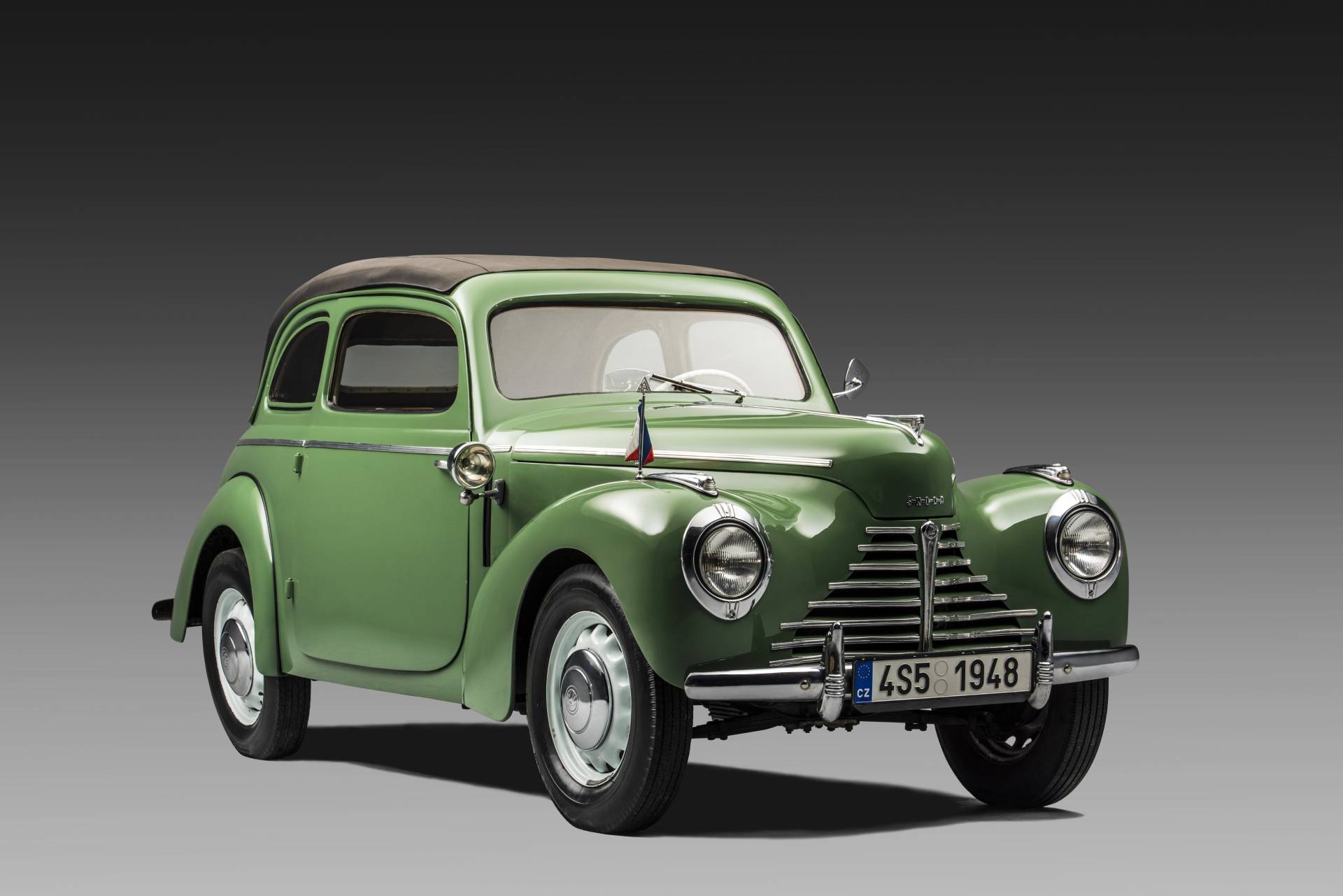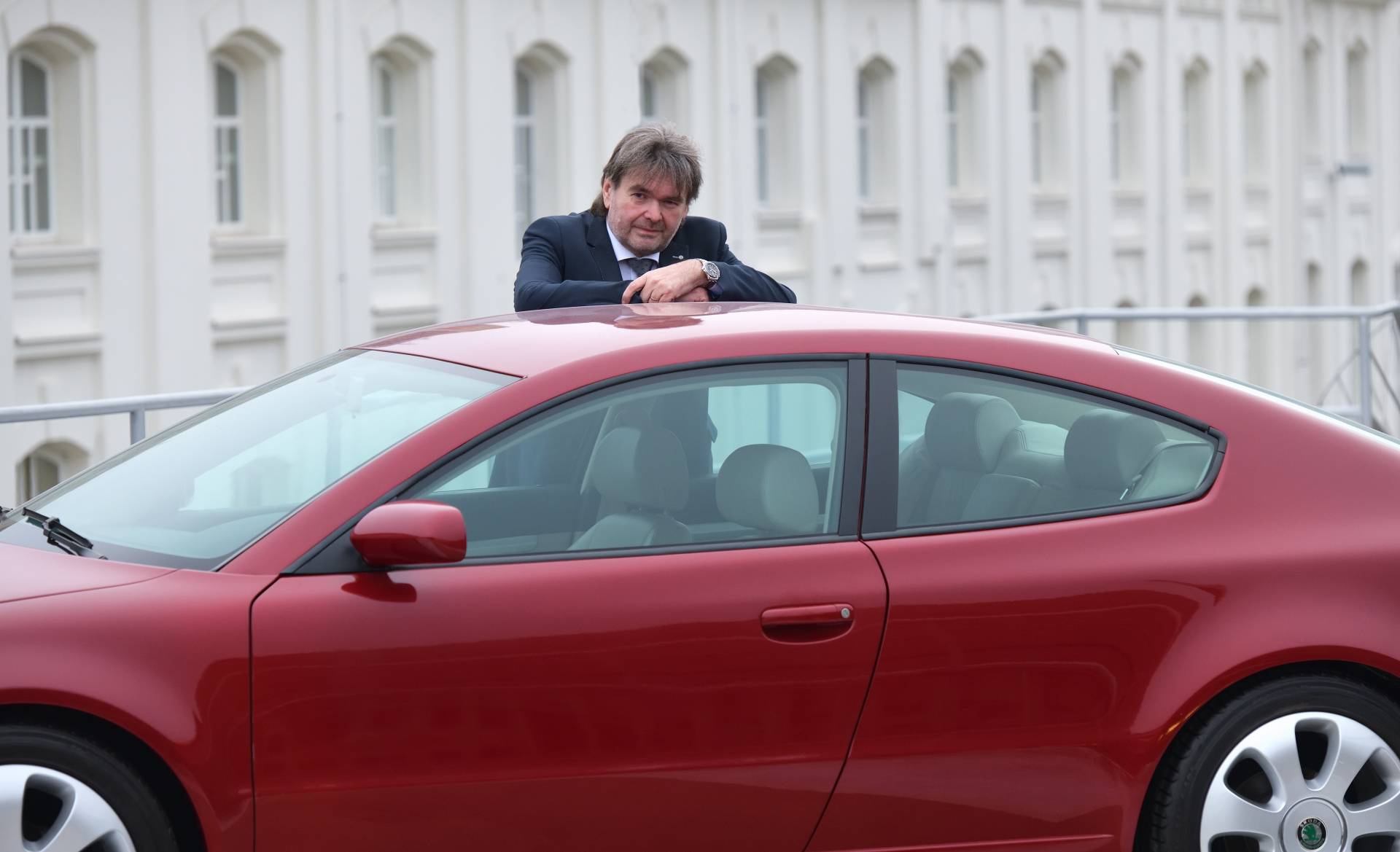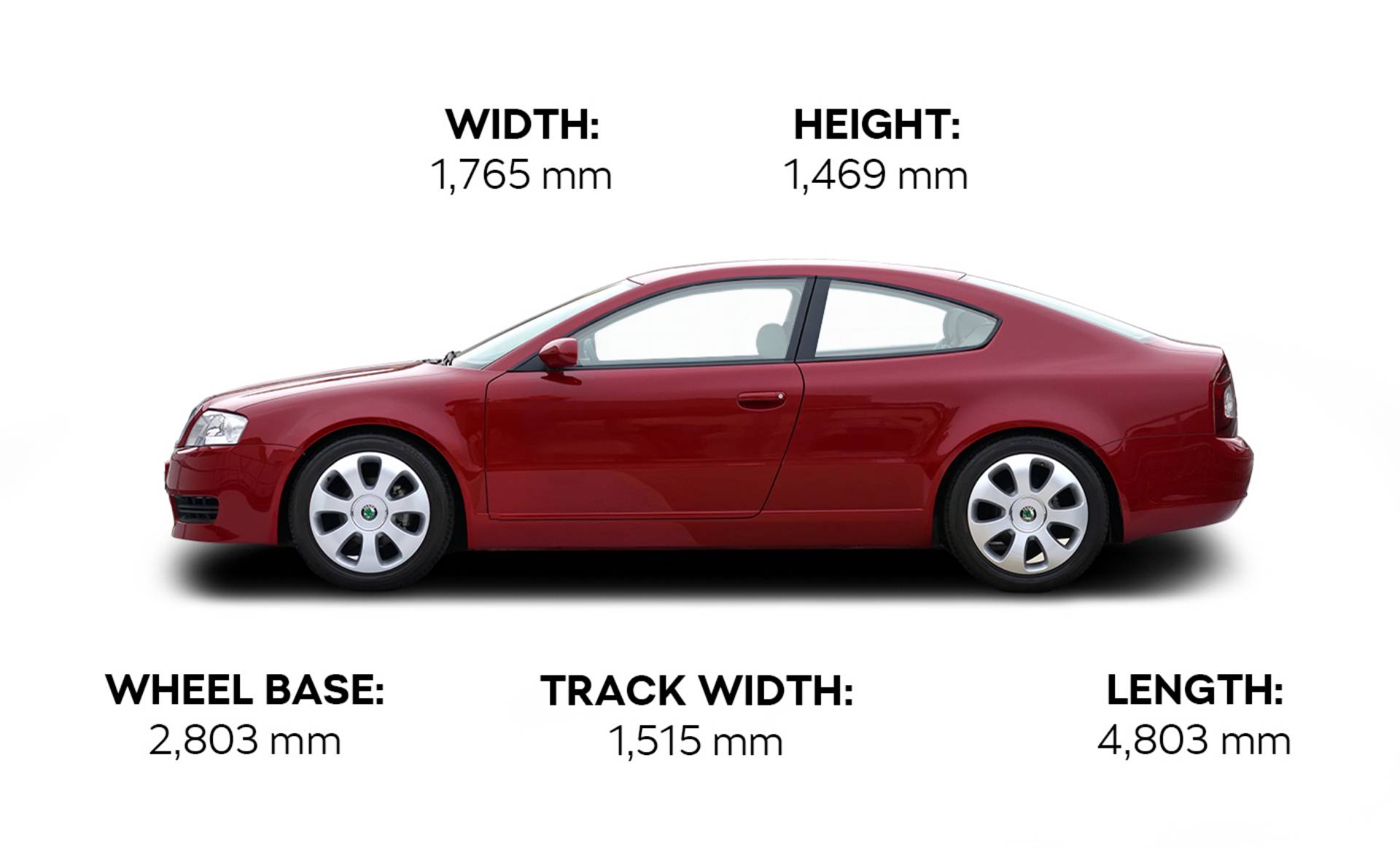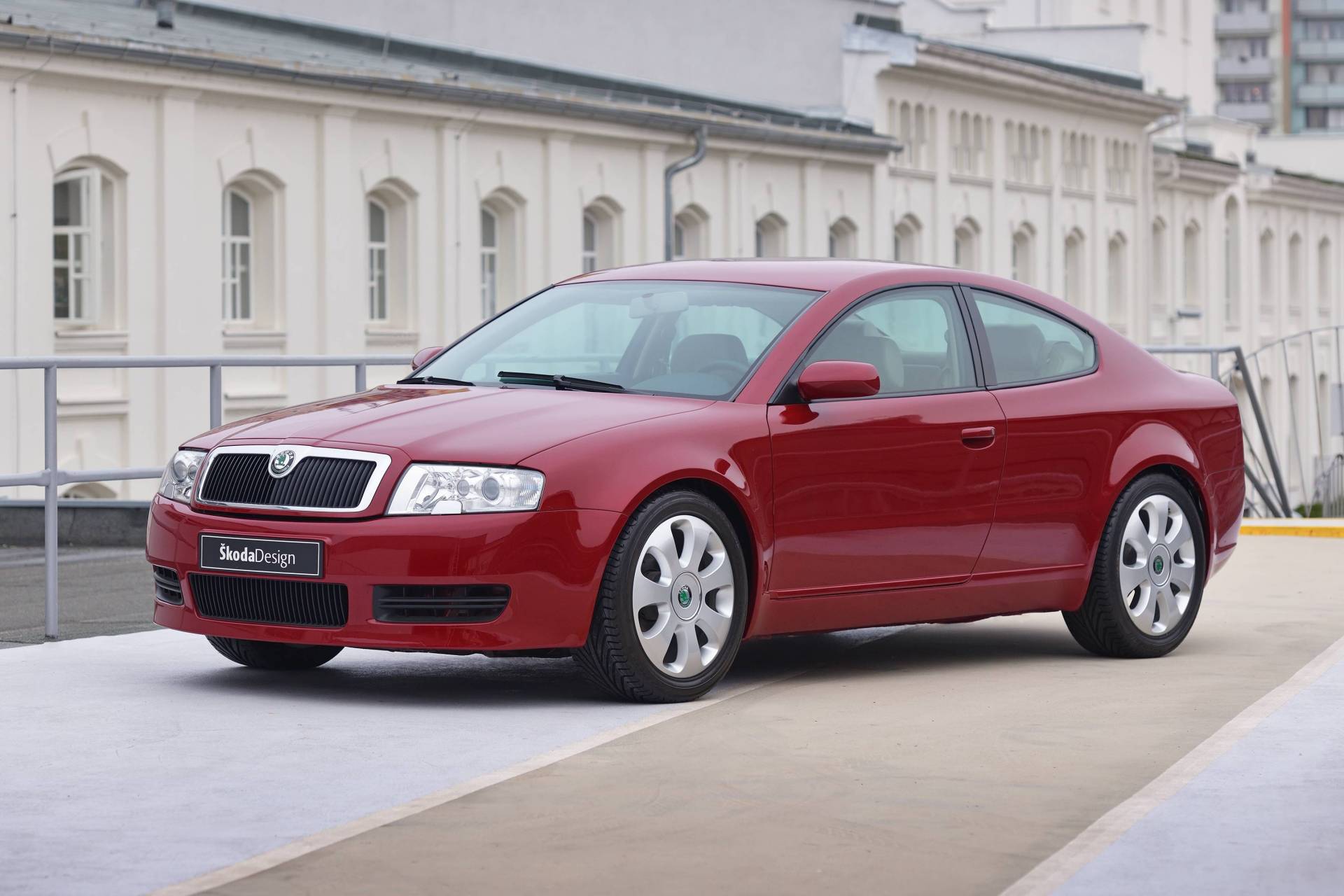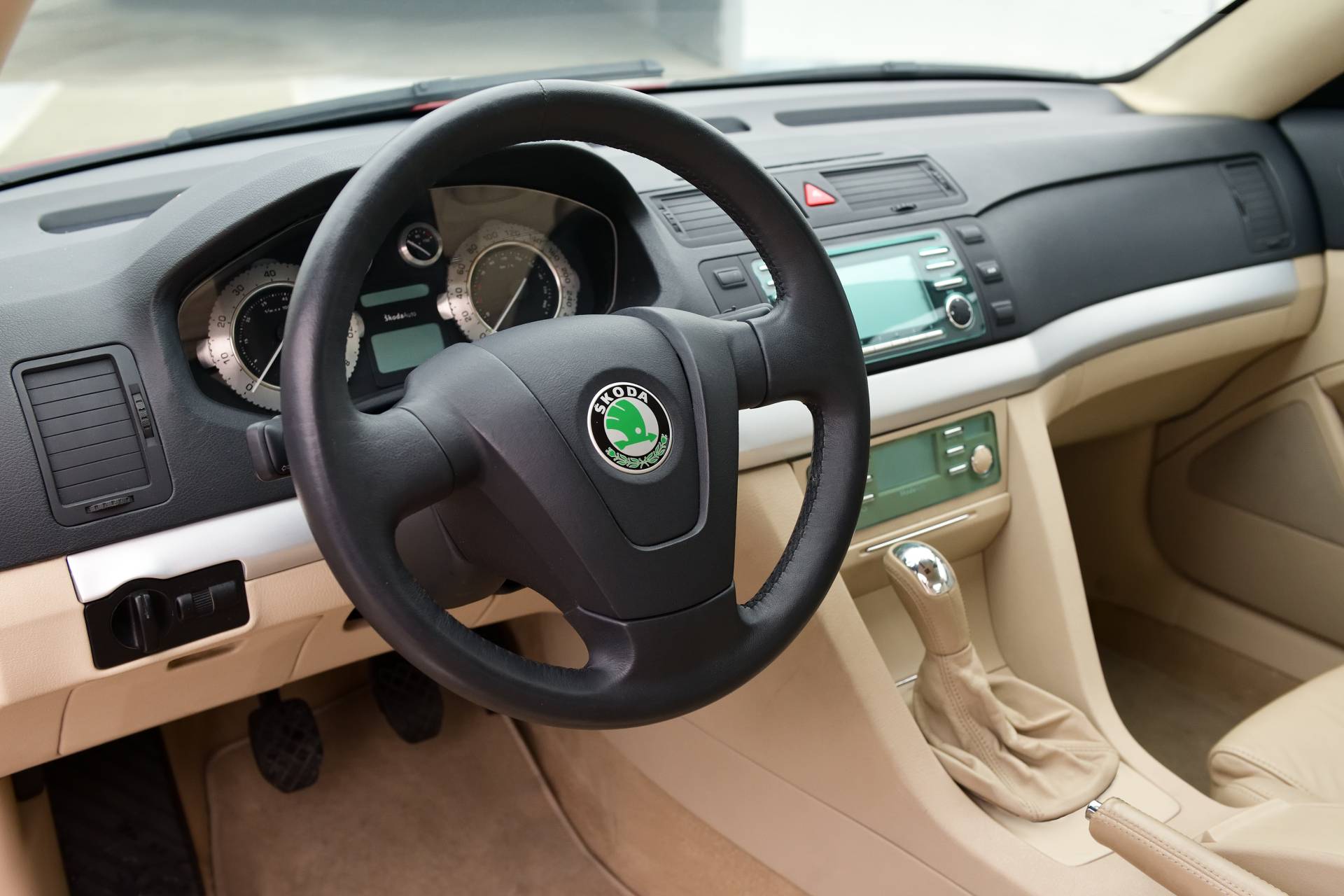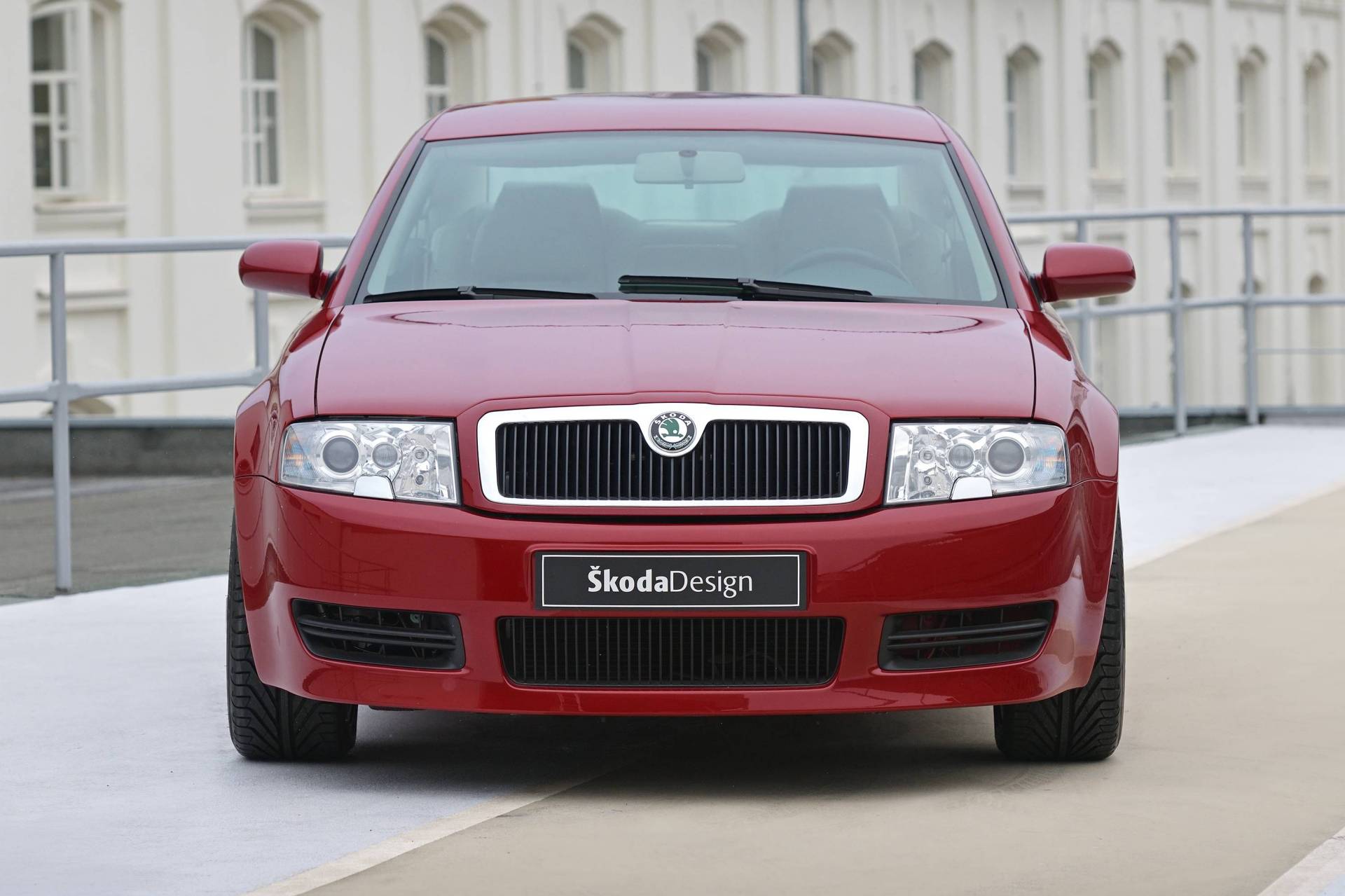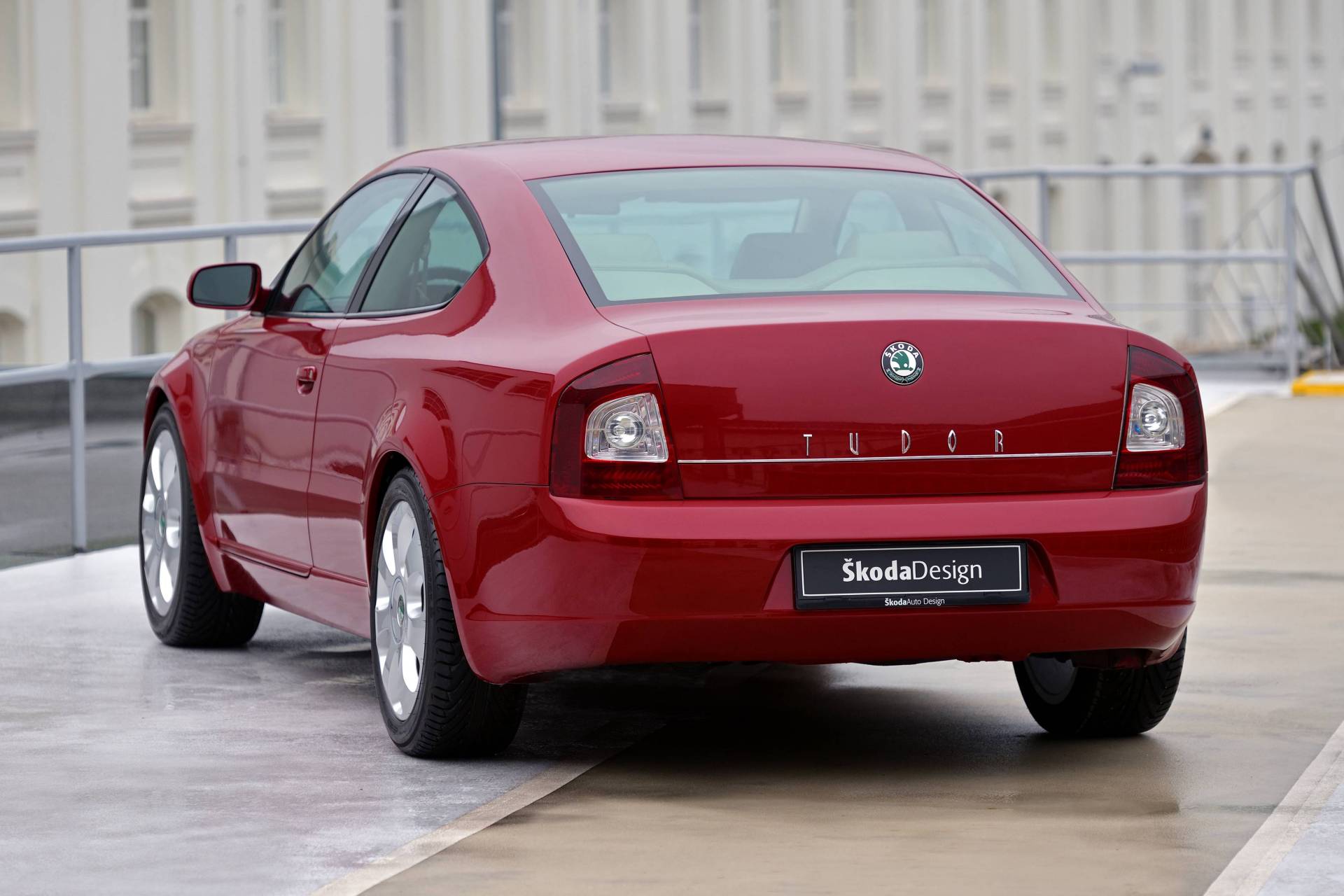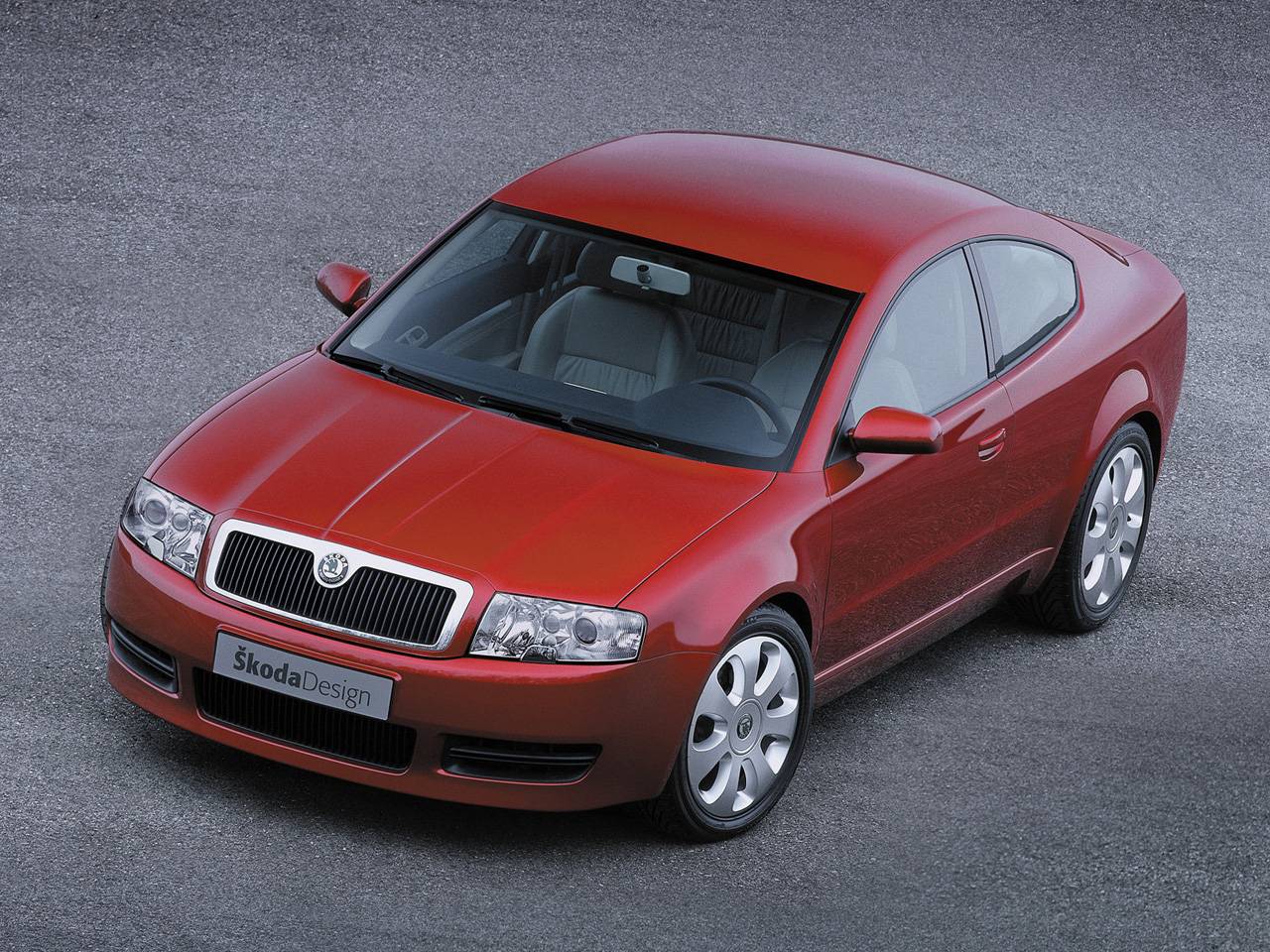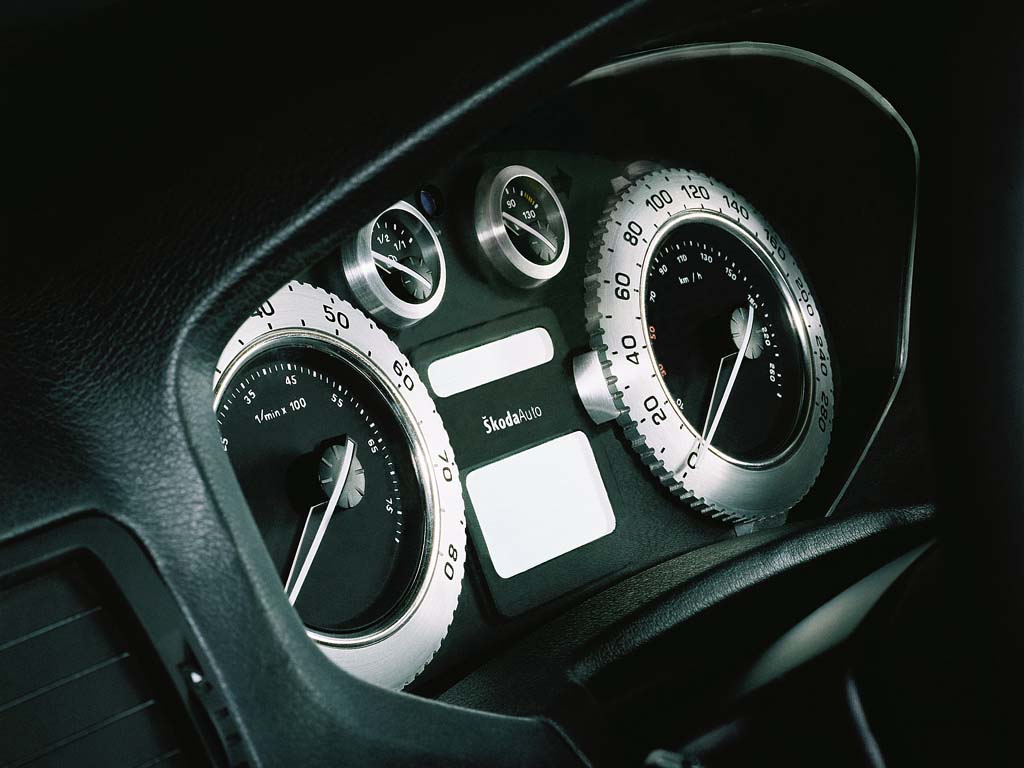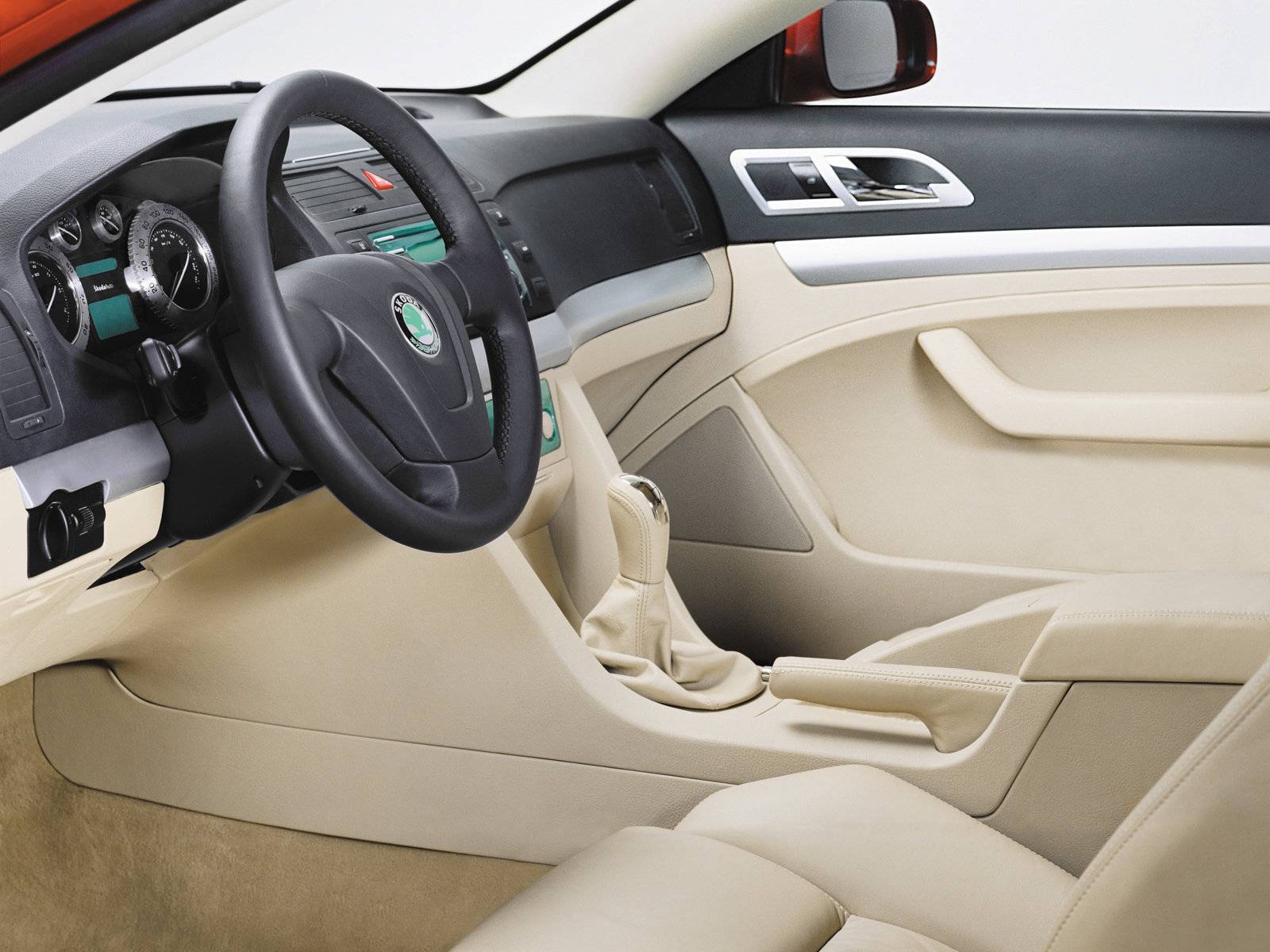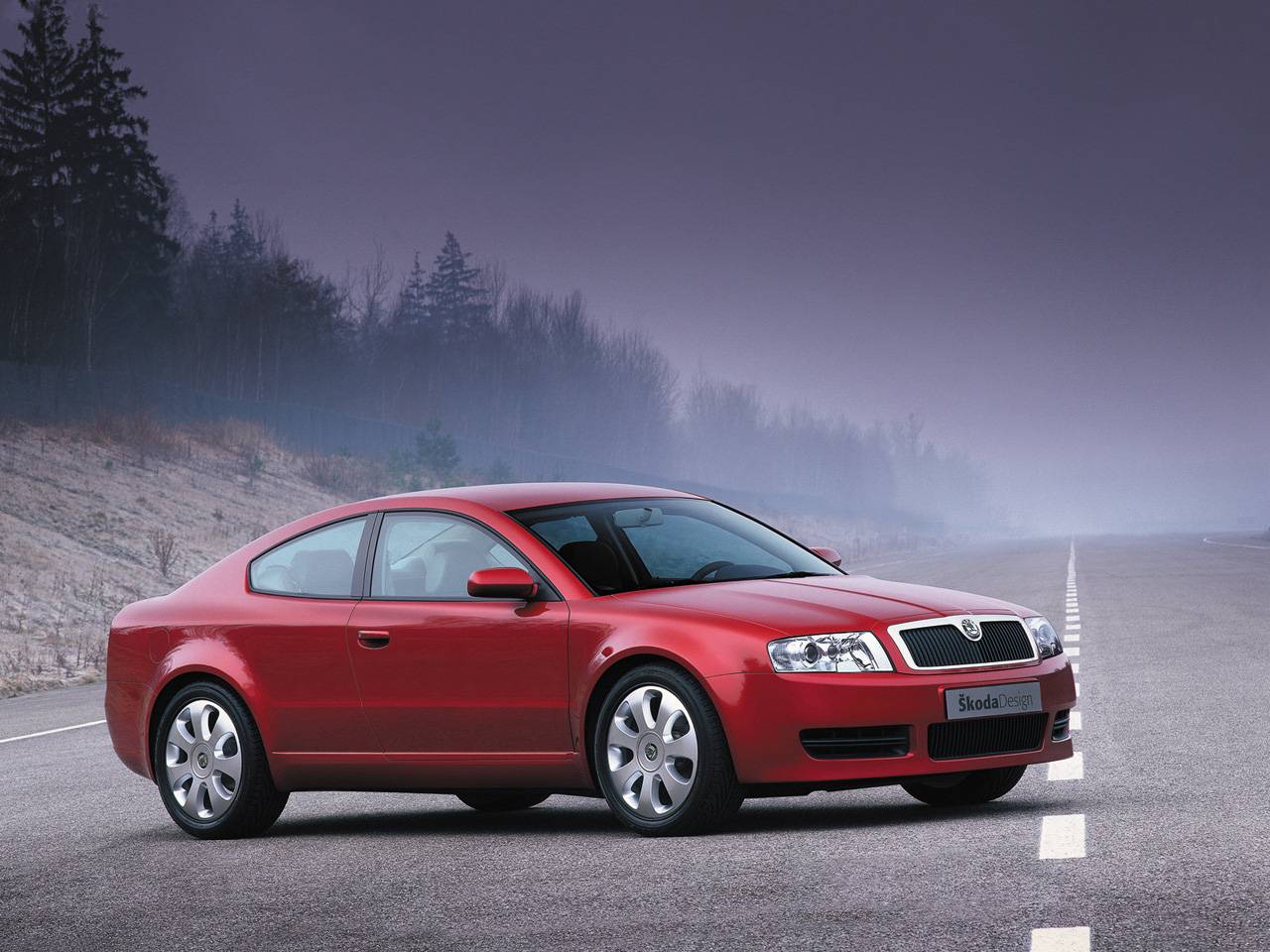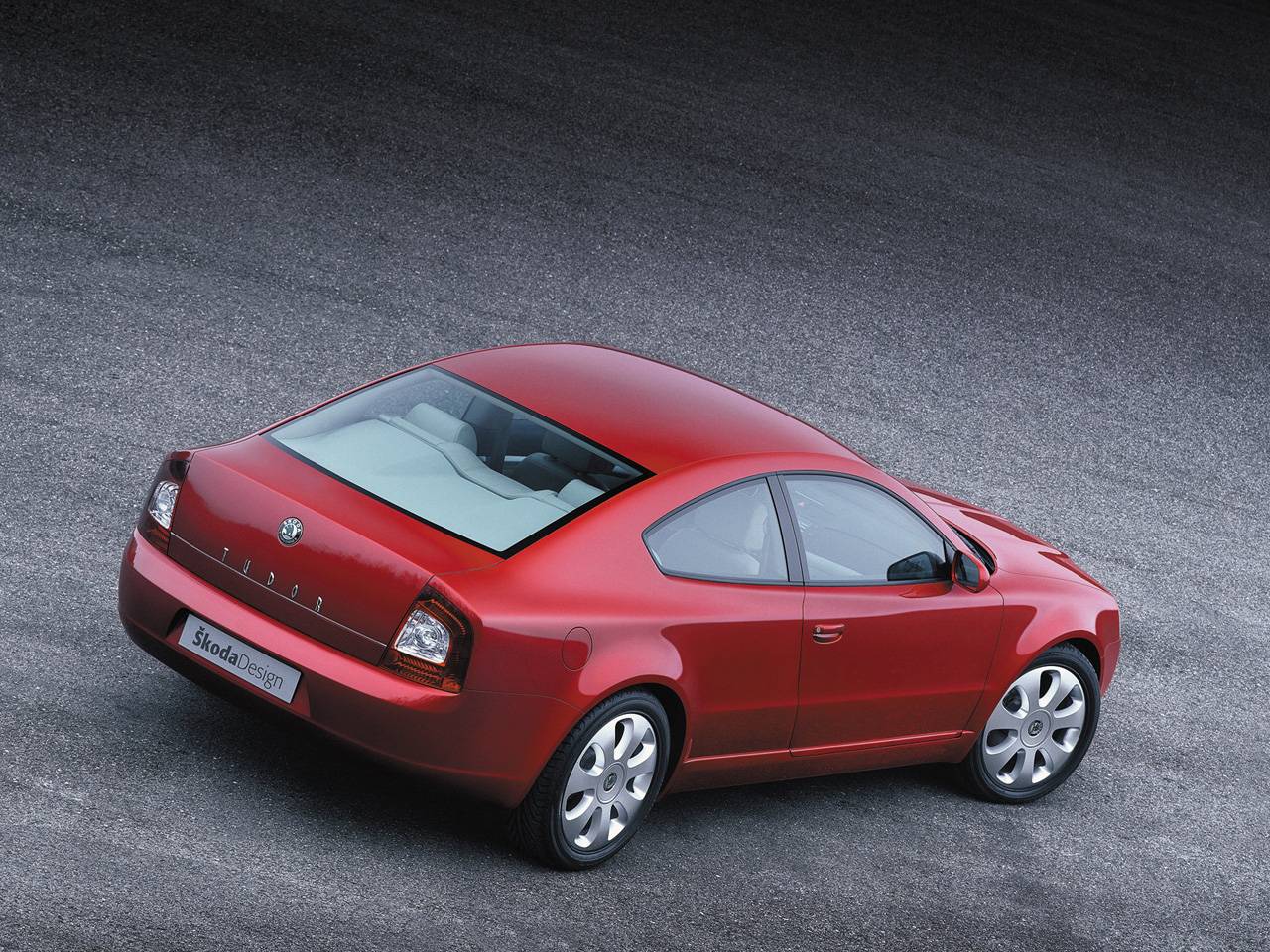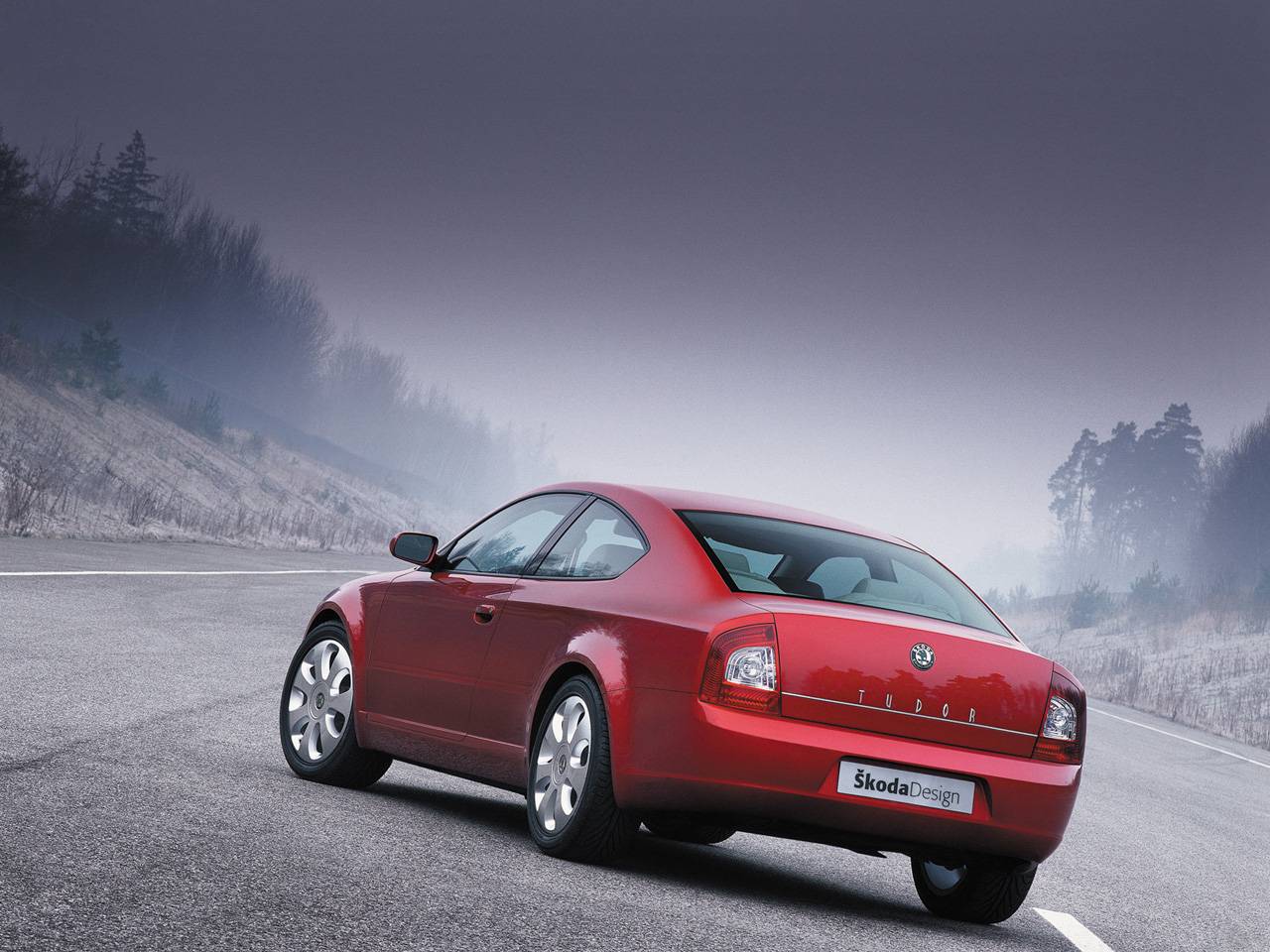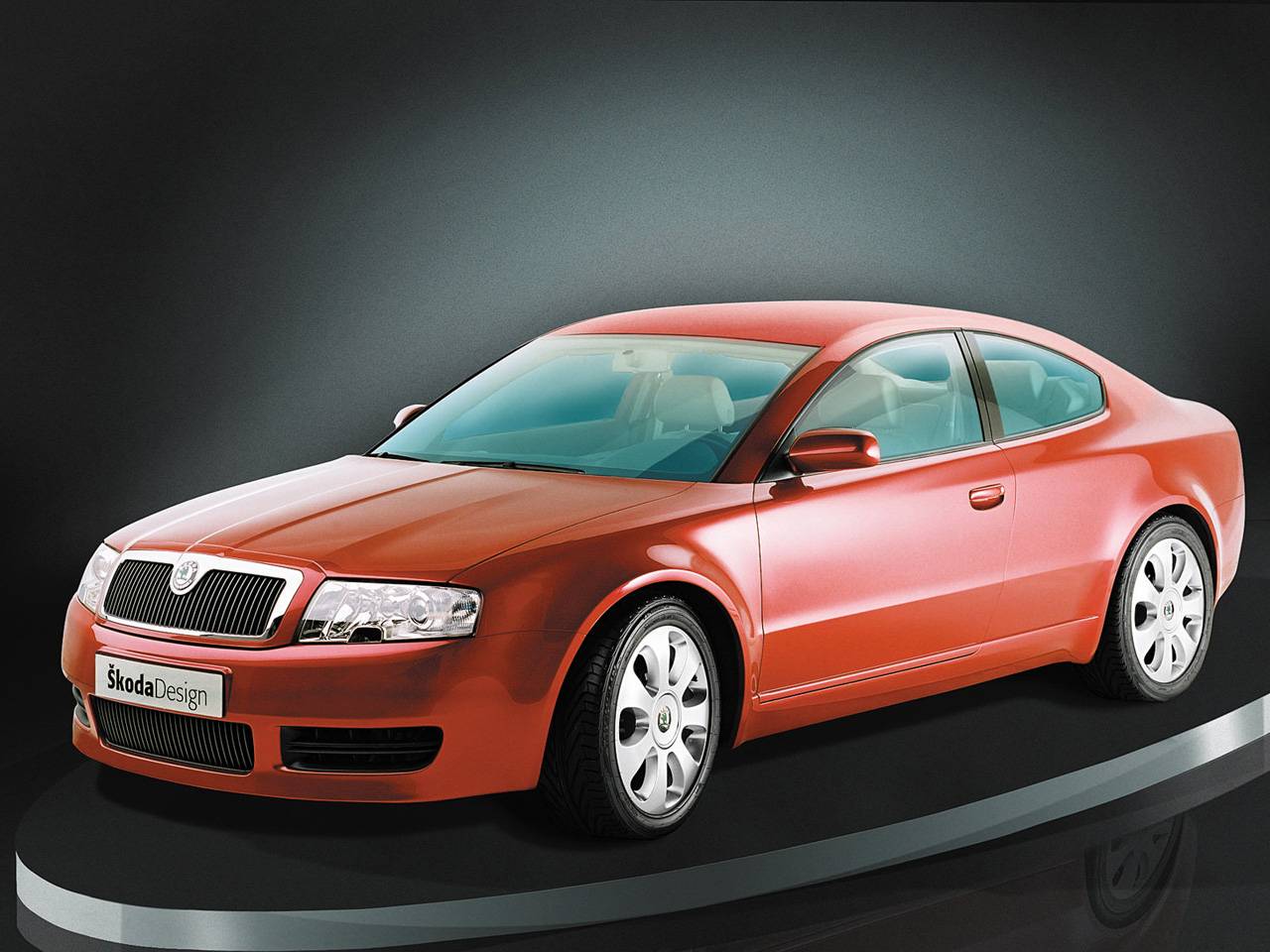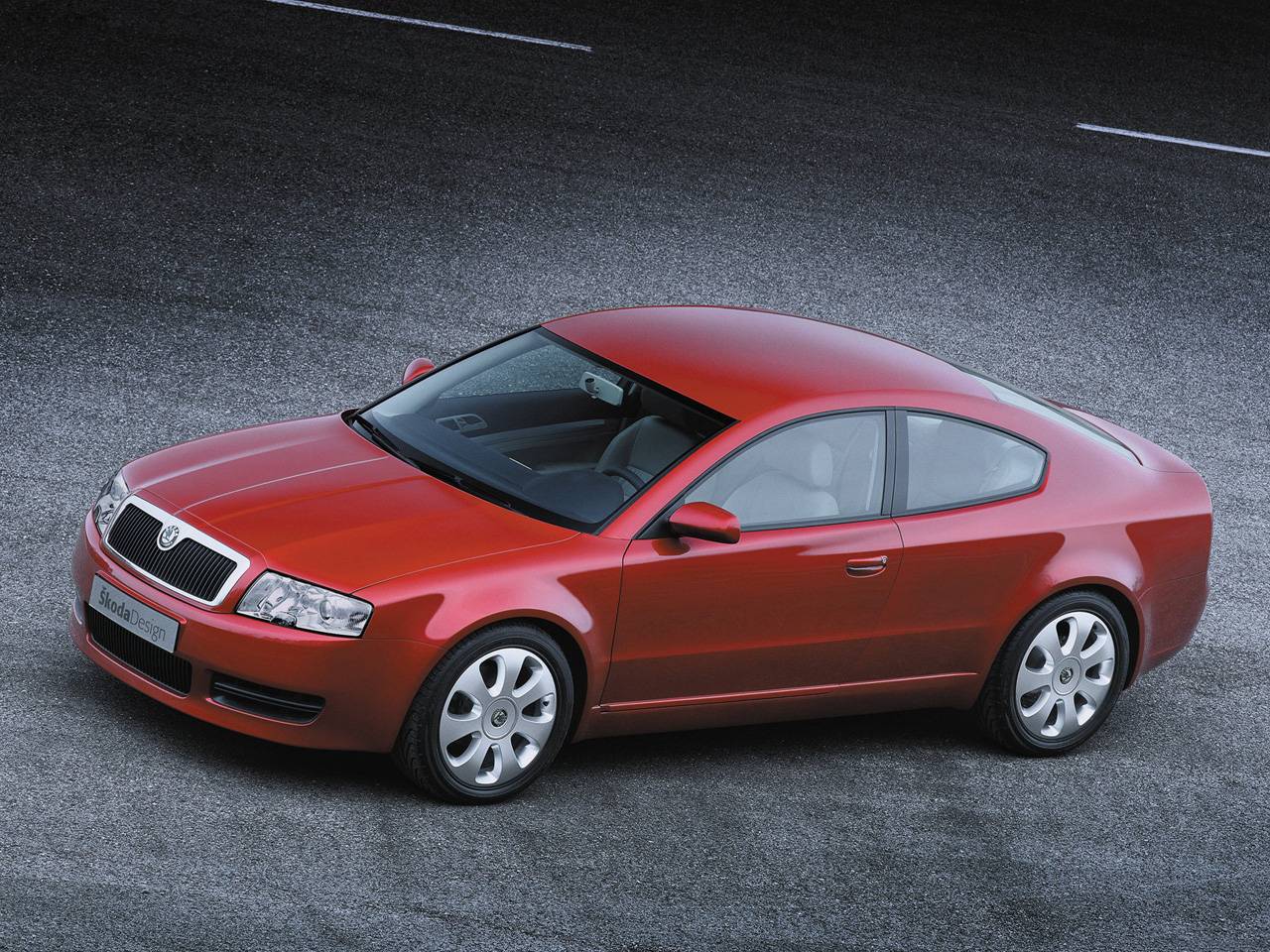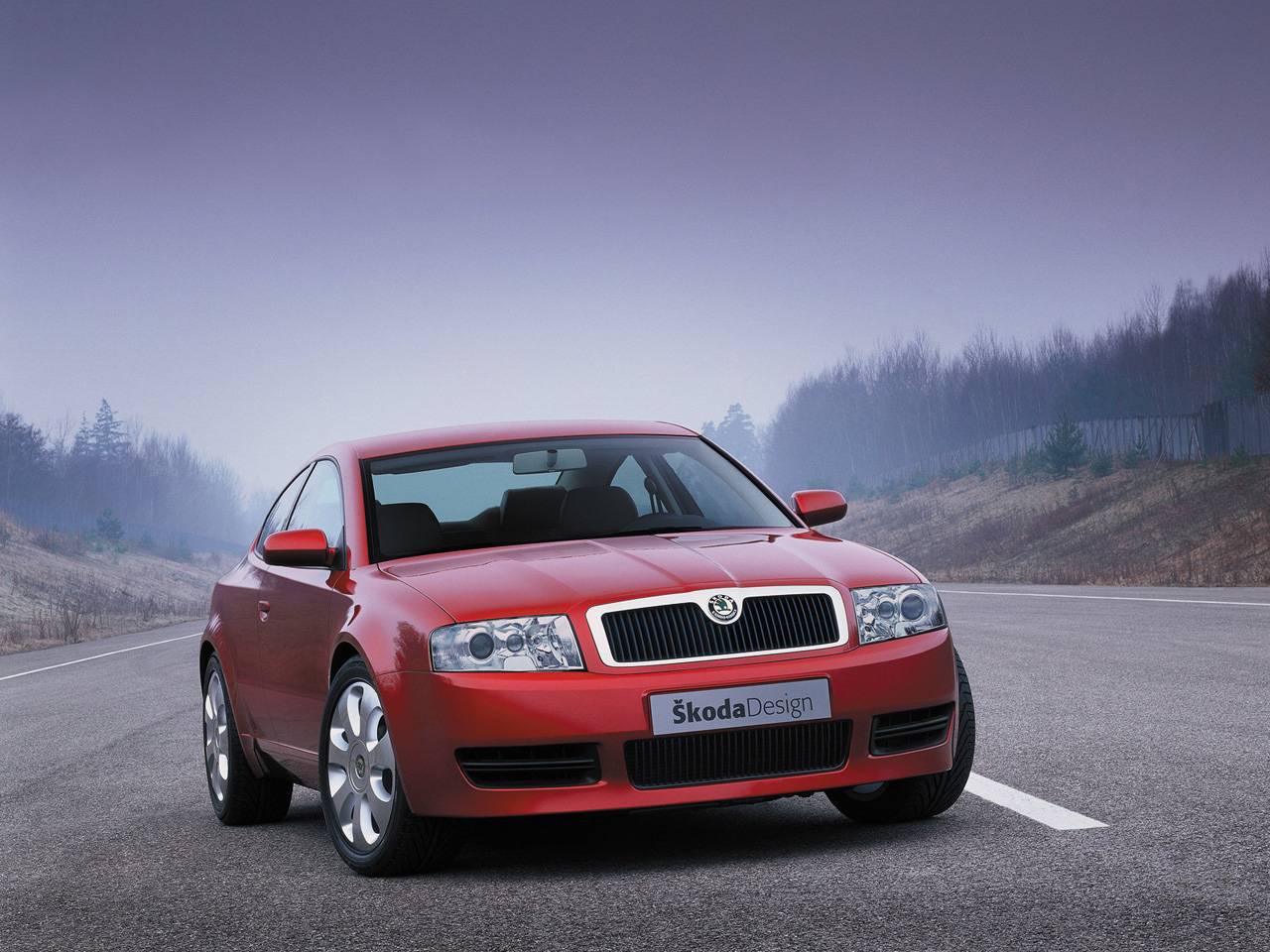Ever since VW took over Skoda in 1994, they never gave the Czech brand a chance to build a two-door coupe.
The closest the automaker came to doing so was in 2002 when Skoda showed the world the Tudor Concept at the Geneva Motor Show. It was an elegant design exercise that envisioned a two-door coupe based on the first generation of the Superb sedan that had come out just a year earlier.
Skoda lost the car after an exhibition in India but recovered it months later
Following its world debut at the 2002 Geneva Motor Show, the Tudor study was added to the Skoda Museum in Mlada Boleslav where it can be admired today. However, Skoda almost got robbed of the Tudor during an exhibition in India. The car got lost after the event “under rather dramatic circumstances.”
That’s Skoda’s polite way of saying that someone stole the car. Following an intensive search by the authorities, the Tudor was recovered at a train station several months later. Stealing the car was probably the best compliment anyone paid the design team for their work.
Named after the Skoda 1101 Tudor of 1948, the Tudor Concept has an interesting history. The study came to life not because Skoda was interested in building a four-seater coupe but because the company’s then Head of Technological Development, Wilfried Bockelmann, wanted to challenge designers to prove themselves.
At the time, Skoda’s lineup only consisted of the Fabia, Octavia, and Superb
The designers exceeded expectations and came up with some pretty wild projects: a Fabia pickup, Octavia convertible, and Superb wagon (which would become a reality with the second-generation model). But the concept that impressed the most was the Tudor coupe. Designed by Zdeněk Cibulka under the supervision of design boss Thomas Ingenlath, the Skoda Tudor was originally a 1:4 scale model. Cibulka got the green light to develop the car further and an actual-size plastic model was made, followed by the final car immediately after.
Initially, the car had different front and rear ends but then a decision was made to assimilate it more with a production car — in this case, the Superb. Cibulka integrated the Superb’s front fascia and rear section into the original design without making major changes, except for the taillights.
A precursor to modern Skoda design cues
This car was the first Skoda to feature C-shaped taillights which are now a signature feature for the brand. It was also the first vehicle to feature Bohemian crystal influences — just take a closer look at the “Tudor” lettering on the boot. Other key design elements include the smoothly descending roofline and the two rising lines that intersect in the middle of the car’s profile.
The result was a well-proportioned coupe that oozed timeless elegance. It still looks great even today, 17 years after its debut. As for the interior, it was sourced from the Superb but featured top-quality onyx- and ivory-colored materials, a three-spoke sports steering wheel, and a horizontal matte-aluminum strip on the dashboard. The Tudor Concept also had three displays: one for the navigation system, another for the climate control, and a multifunction display between the instrument dials.
Power came from a 2.8-liter, 30-valve six-cylinder gasoline engine that produced 190 hp (193 PS) — the top power plant available in the Superb at the time. The unit was hooked to a five-speed manual gearbox that sent power to the front wheels.







